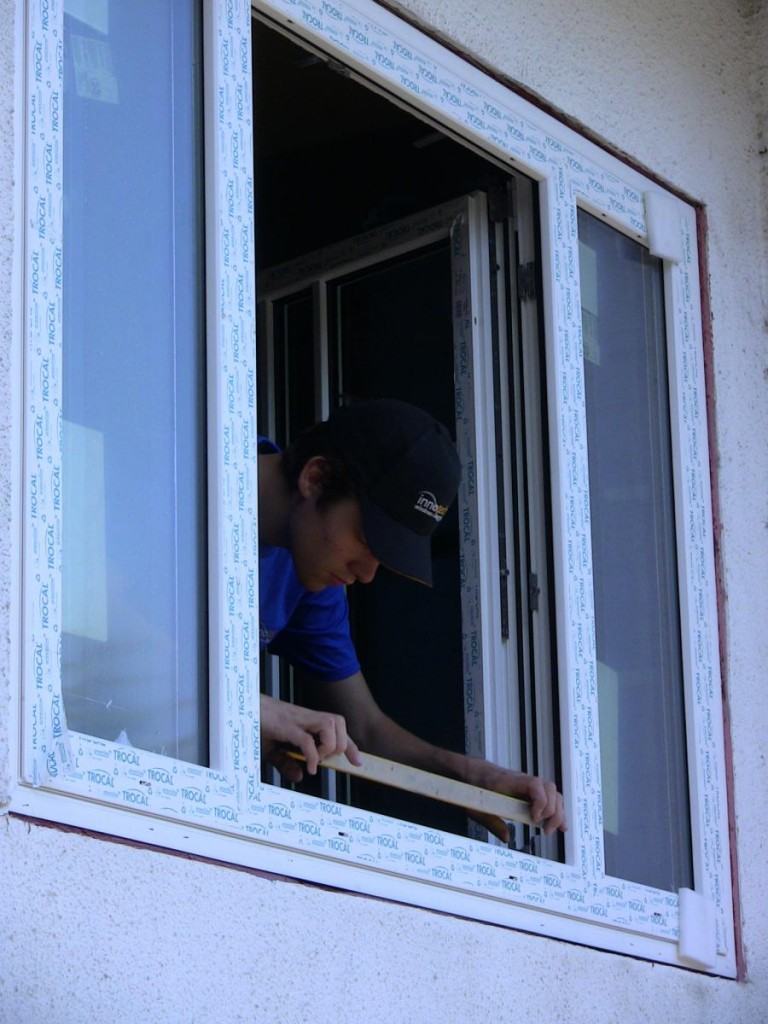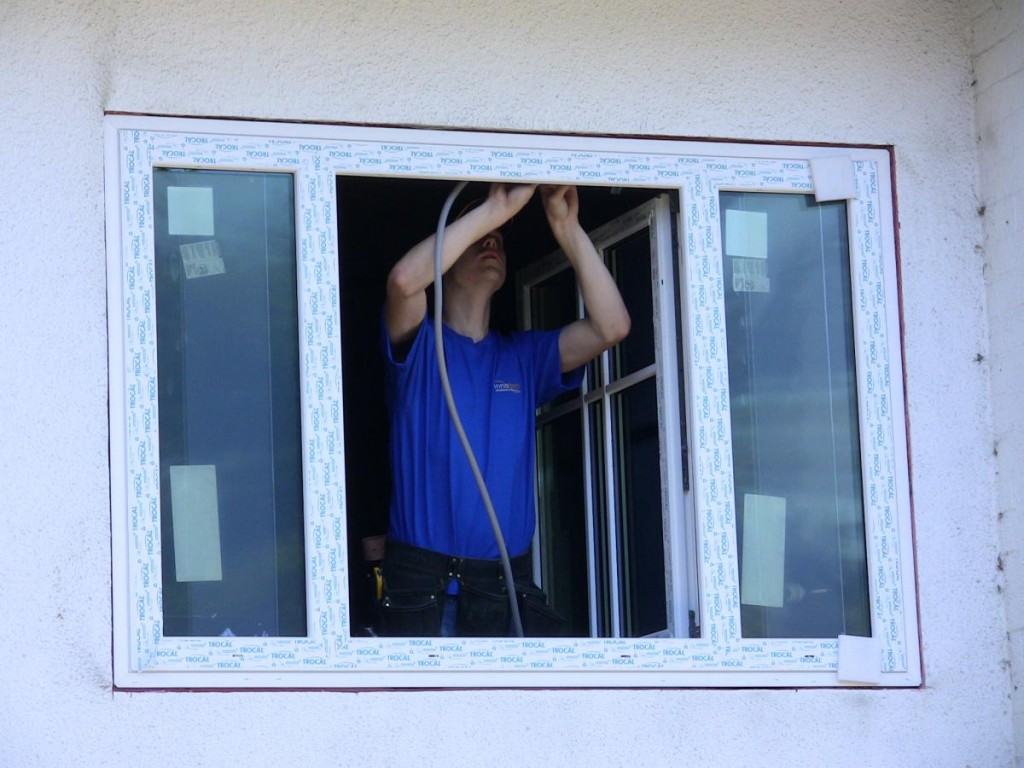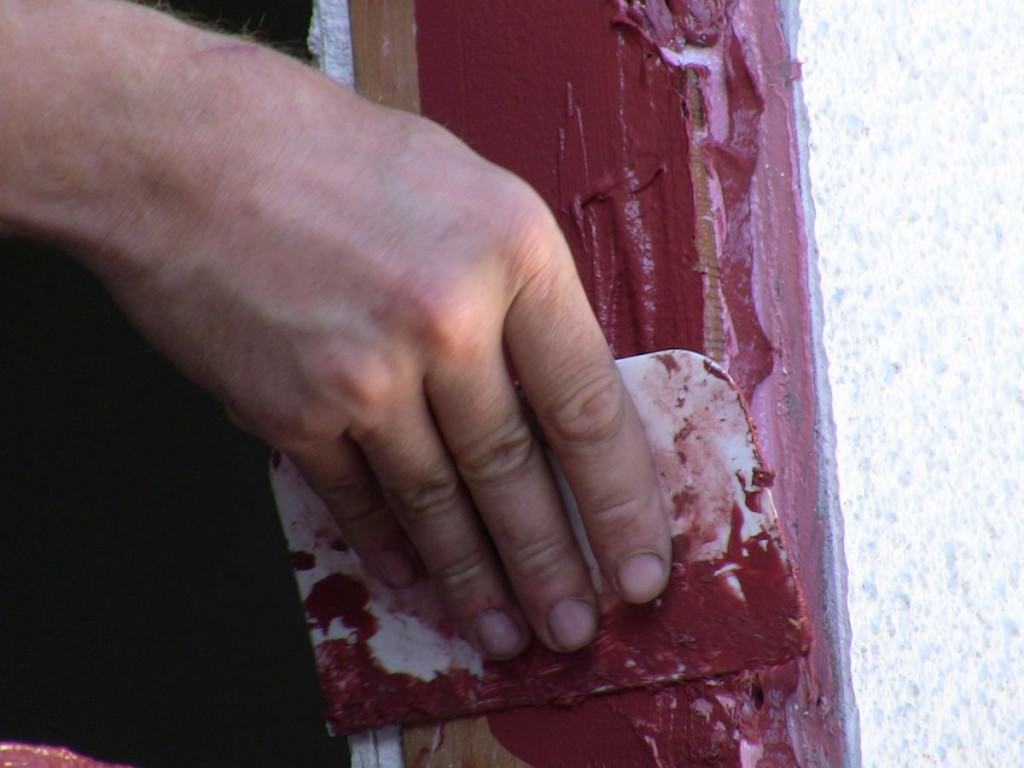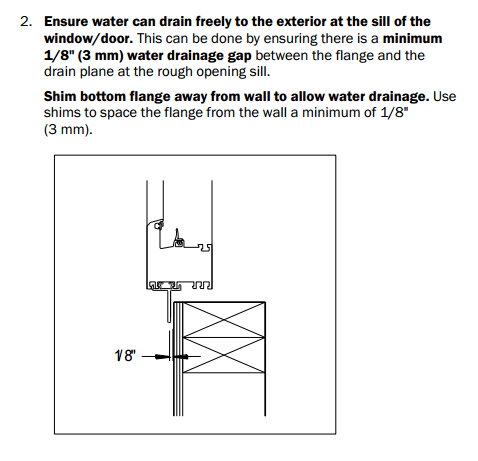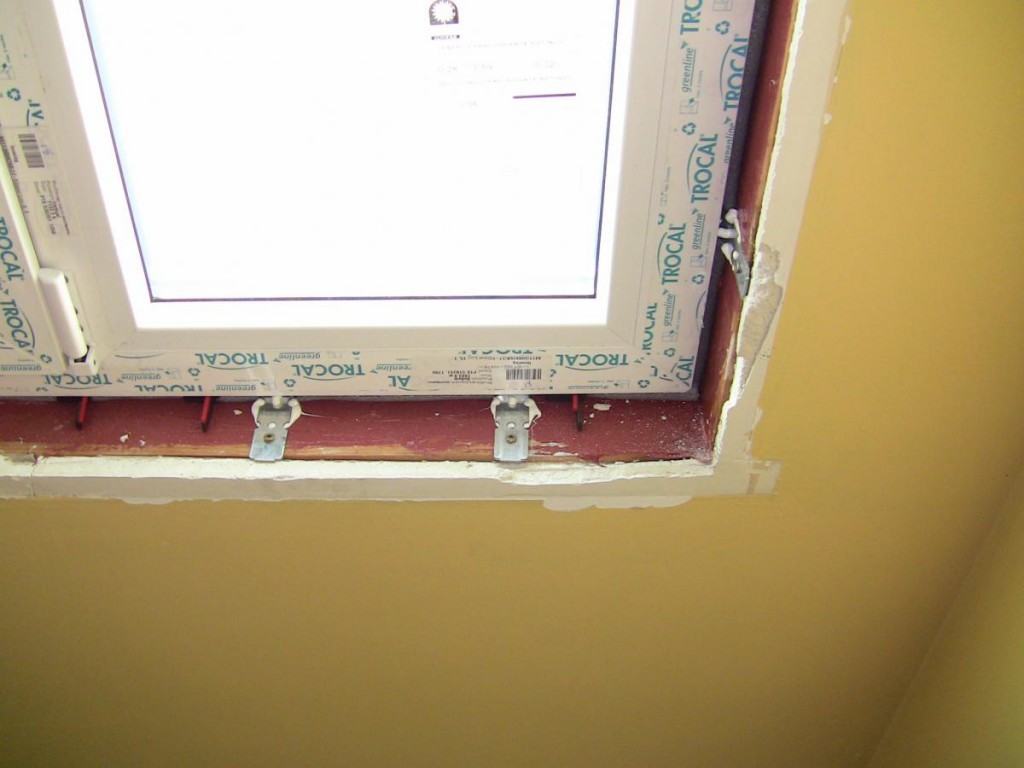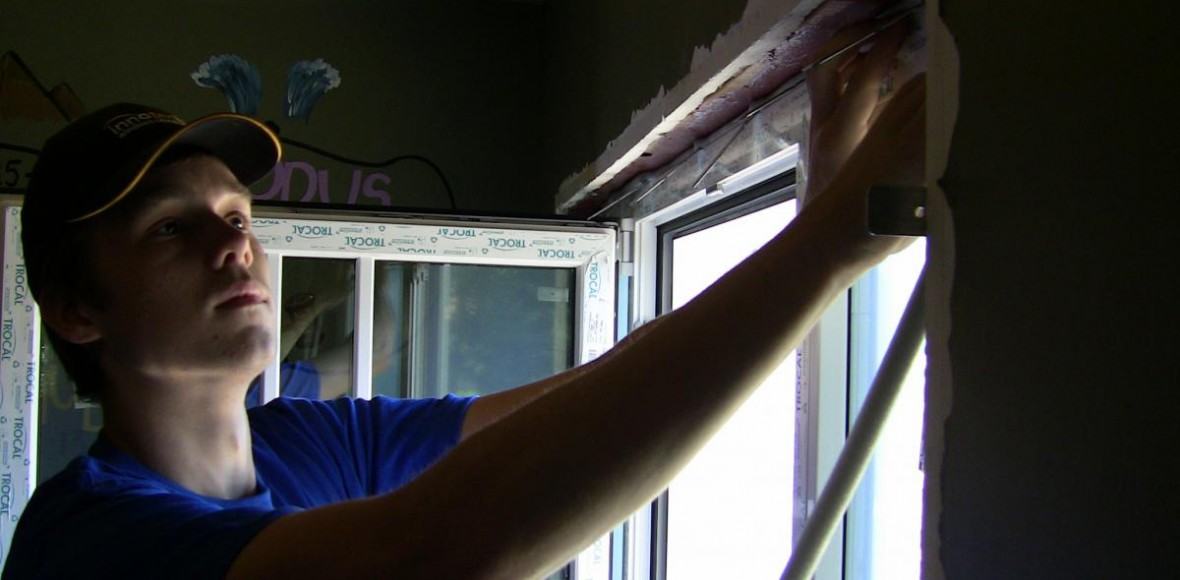
Defend Your Home Against Mother Nature – Part 3
Welcome to part three of a series of short articles exploring the damage severe weather can wreak and how Innotech windows and doors help prevent or mitigate that damage. You can read part one here and part two here.
In parts one and two of this series the main topic was how windows and doors can be built to keep severe weather at bay. But the most well engineered windows and doors in the world won’t help if the wrong type is selected or if they are incorrectly installed.
How to Select the Right Window
Any window or door can be at risk during high winds and heavy rain, but basement egress windows are particularly vulnerable during stormy conditions. As this video demonstrates, a leaky basement window can definitely be cause for concern:
That homeowner is lucky the leak didn’t affect his electrical wiring!
Most areas’ building codes explicitly mandate the size, shape, construction, and operation of basement egress windows. For example, in Alberta the building code states that:
- “The window referred to in Sentence (1) shall provide an unobstructed opening of not less than 0.35m² (542.5 in²) in area with no dimension less than 380mm (15in)”
- “When a window required in Article 9.7.1.3 opens into a window well, a clearance of not less than 550mm (21.7”) shall be provided in front of the window. Where the sash of a window pens towards the window well, the operation of the sash shall not reduce the clearance in a manner that would restrict escape in an emergency situation.”
These regulations mean that the type of window selected for an opening becomes very important. Basement windows are typically wide and short in height. They also often open into the window well. The implications for the window type are critical:
- Casement: Cannot normally be used, as the max width is about 36” and combined with the short height it will not provide the clearance area needed.
- Awning: Typical awning windows are not allowed as they opens low to the ground and don’t provide the necessary clear opening area.
- Single/Double Hung: Not enough clearance for them to operate properly.
- Sliding: The most common choice for basement windows, however a large rough opening in necessary as well. Also, sliding windows are the least secure, and the least air and water tight.
There is another option for basement egress windows that are much more resilient in the face of severe weather (not to mention security!):
- Tilt & Turn Windows: The inswing of the window means it can accommodate almost any size opening, and the size of the window well is irrelevant. Plus, tilt and turn windows have been proven to resist air and water better than other styles (see part one and part two).
All too often homeowners choose beautiful expensive windows for their home, but outfit their basement windows with lower quality sliding windows. This mistake often doesn’t become apparent until it’s too late, and the owners are faced with large repair bills. Choosing the right windows for the right space can save financial pain in the long run.
Window Installation Matters
So once the correct window type has been selected, it’s just a matter of putting them in the openings, right? Well, it’s not quite that simple; a high quality window installed improperly can perform worse than a cheap window installed properly. A reputable window and door manufacturer will ensure that their products are installed to exacting standards by providing extremely thorough installation instructions.
A properly installed window has the following characteristics:
Perfectly level
Surrounded by weather resistant seals
Manufacturer approved sealant applied to all four sides
Proper Drainage Measures in Place
Firmly attached to the building interface with manufacturer supplied anchors
These steps ensure that water and air stays out of the building envelope. A properly installed high quality tilt & turn window (like the ones manufactured by Innotech Windows + Doors) will last for years, and potentially longer than the walls around them. Builders who use our windows often remark that it takes longer to install our windows than our competitors’, but the final quality is well worth it.
Properly selecting the right window for the job, and then installing it properly – two important factors in winning the battle against the elements. If you’re not sure which window is right for your project, why not talk to one of our fenestration experts who can guide you to making the right choice; click here to contact us today.

